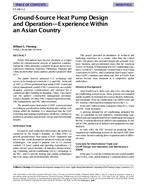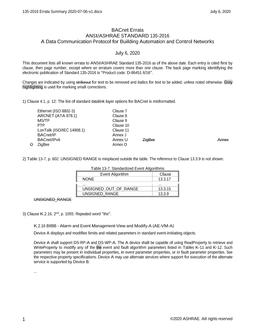European and national requirements for thermal properties of building envelopes were recently updated, causing the revisions of calculation methodologies to determine energy efficiency of buildings. The building air tightness is set to be estimated only for new A class (and higher) buildings, while no requirements for air tightness for lower building classes were established. We have aimed at the estimation of air tightness in single-family detached existing buildings with the aim to determine air exchange rates and overall energy performance. Investigation was carried out in 27 houses, constructed in the period of 2005-2011 in the central part of Lithuania. Sum energy consumption of investigated buildings were calculated, energy efficiency classes were determined, air tightness of the buildings was measured, and the reasons of insufficient air tightness were analyzed. The average value of air tightness of A energy efficiency class buildings was 0.6 l/h. In case of B and C energy efficiency class, insufficient air tightness was revealed (the average n50 value is 6 1/h). In these cases, the indoor environment of some tested buildings had negative influence on inhabitants, who felt air movement during the cold season because of large temperature differencebetween surface and air temperatures. In some tested buildings favorable conditions for the mold growth may occur.
Citation: IAQ Conference: IAQ 2013: Environmental Health in Low Energy Buildings
Product Details
- Published:
- 2013
- Number of Pages:
- 6
- File Size:
- 1 file , 1.1 MB
- Product Code(s):
- D-2013IAQConf-68


